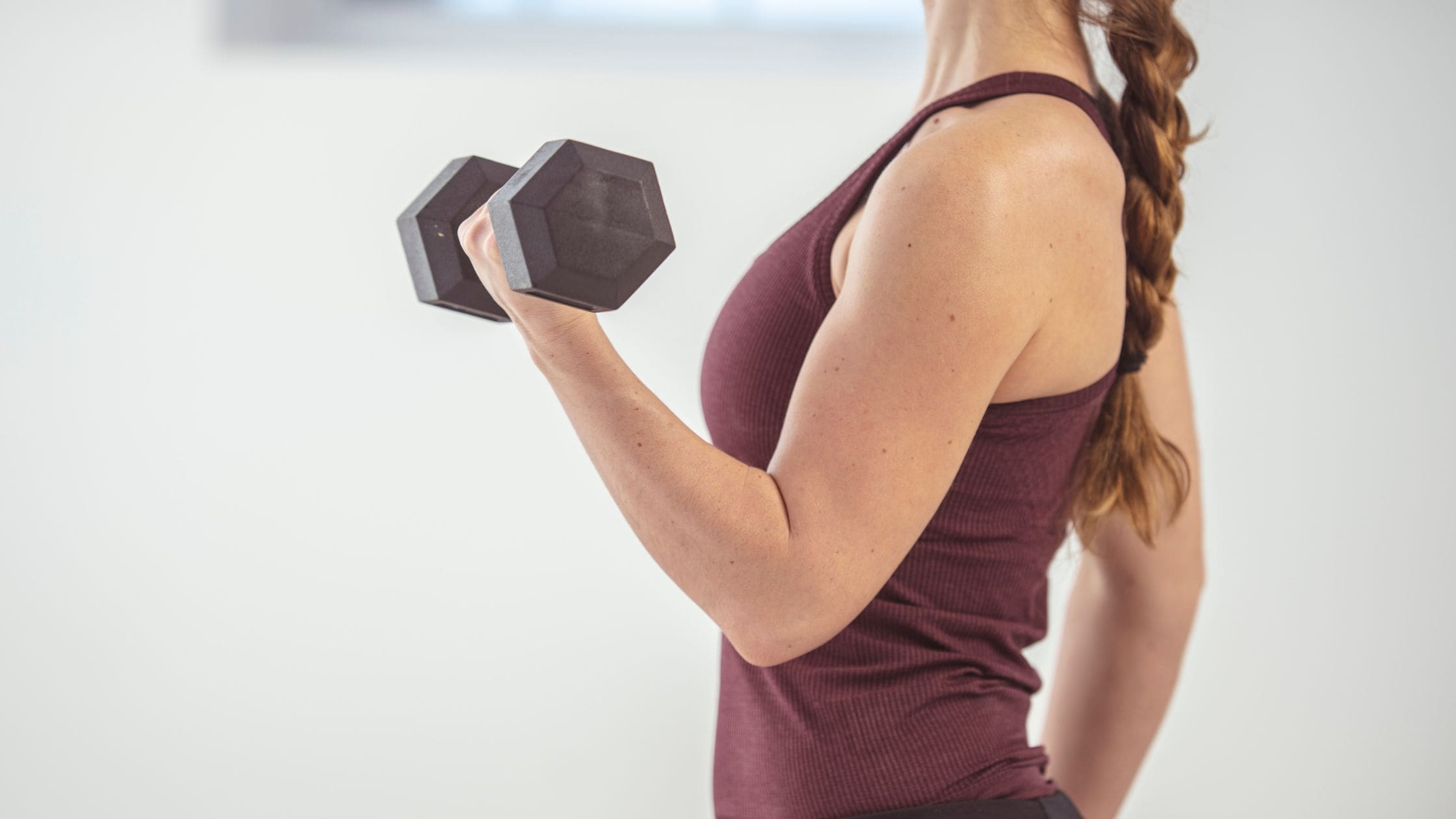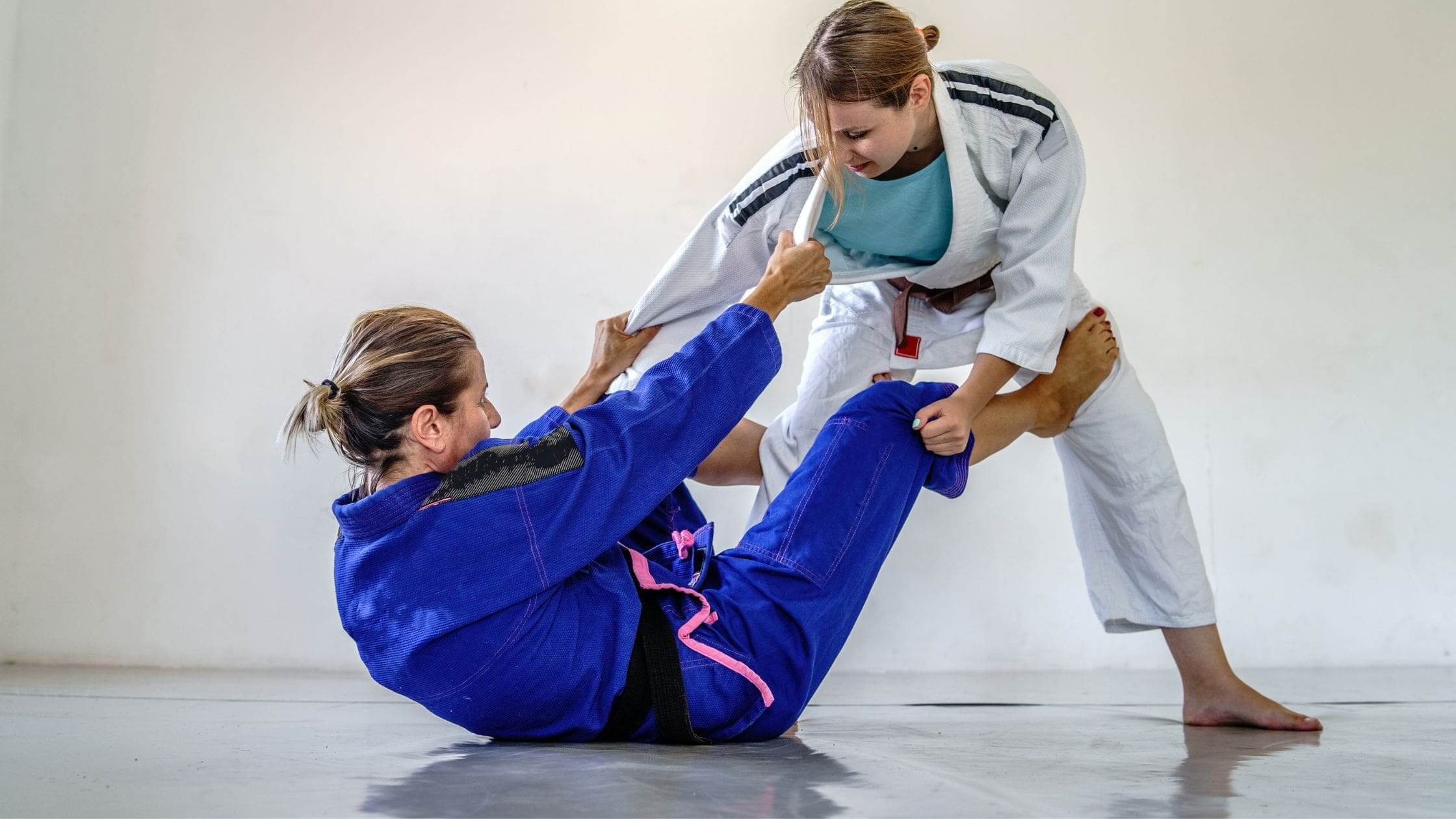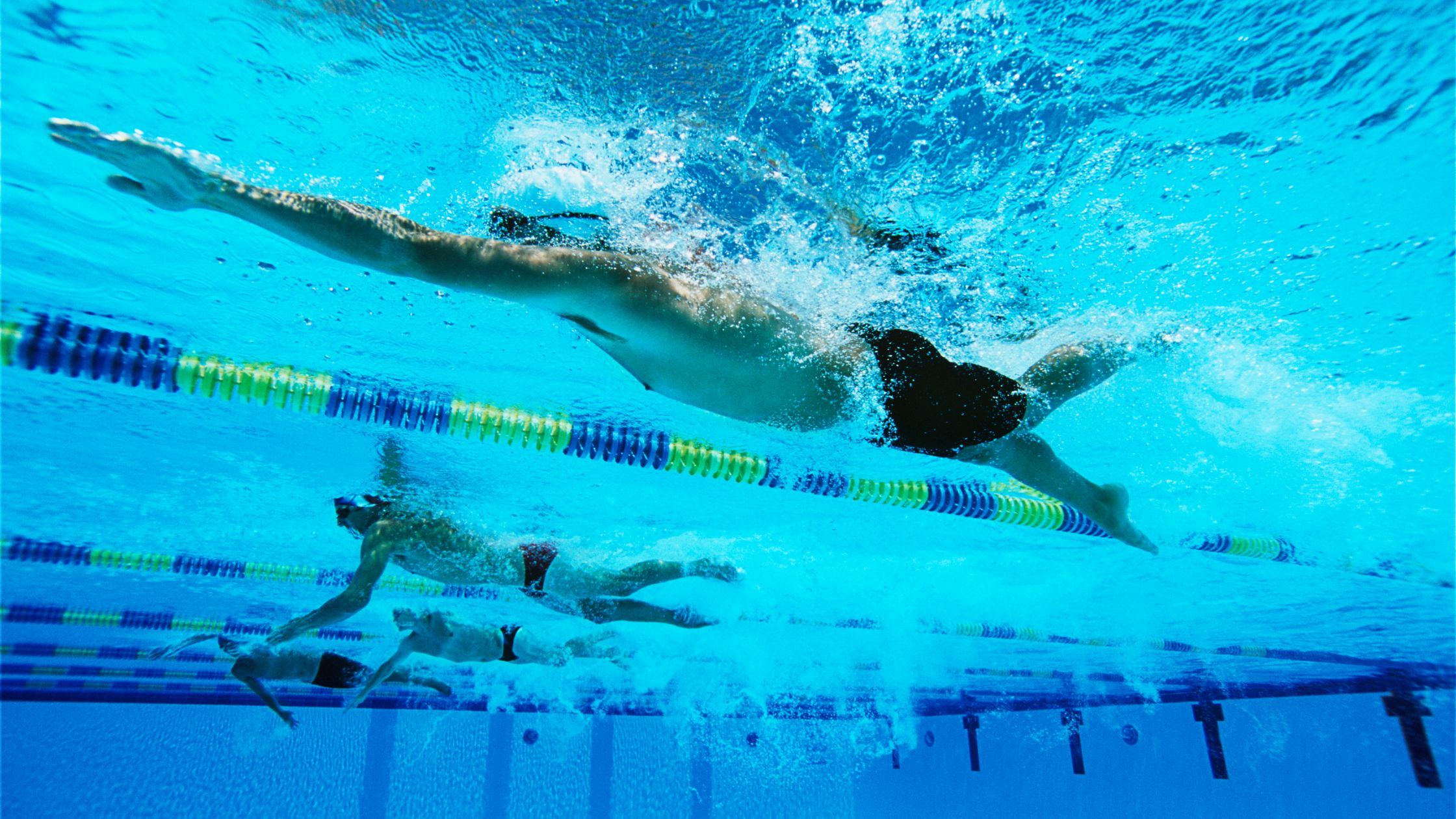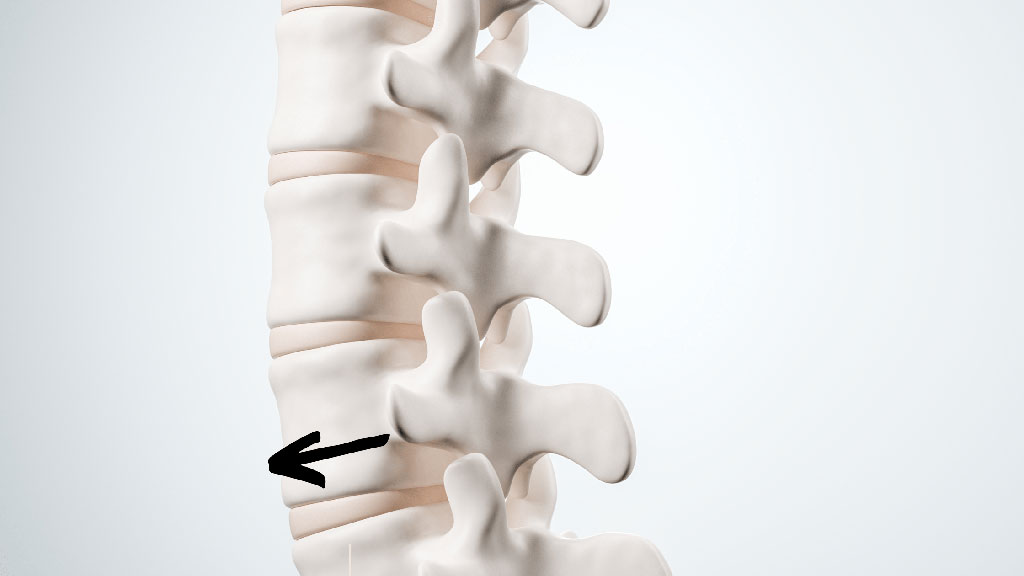Are you wondering what Pilates is all about but love your gym workouts and don’t want to give up your weights? Have you been doing Pilates for a while and feel like your progress has slowed? Do you wonder whether you can incorporate weights with your Pilates routine? Read on to find out more!
What is Pilates?
Pilates is a form of low impact resistance training developed in the early 20th century by Joseph Pilates. Joseph originally created the program to help improve his own health through quality of movement, mental discipline and breathing. Joseph also designed Pilates equipment, the universal reformer , chairs and beds such as the Wunda Chair and the Trapeze Table to name a few, that helped address physical limitations and injuries and condition the body through the resistance and assistance of coiled springs.
Joseph and his wife Clara immigrated to New York in the 1920s and opened their first Pilates studio there. By the 1960s, Pilates was a favoured method of exercise training for New York Ballet dancers, and by the 1980s it became a mainstream form of exercise that has been shown to be safe and effective.
Can you do Pilates with weights?
Yes, you can! Since Pilates and weights are both resistance training, they go very well together. In this blog we will talk about combining Pilates with weights, which not only enhances strength, endurance and flexibility but can also foster holistic well-being.
We delve into the benefits of integrating these two exercise methods and explore practical tips for incorporating weights into your Pilates routine.
Are weights beneficial for Pilates?
There are great benefits to combining Pilates with weights. Not only does this fusion promote bone health and improve muscle strength, it also amplifies the effectiveness of Pilates programs.
Pilates has many benefits in terms of promoting movement and mobility. However, one of the limitations of Pilates is that some of the exercises use very low loads. Whilst this is useful for learning movement patterns and can be very appropriate for certain populations – such as those recovering from injury or illness, sometimes these exercises need to be progressed for greater challenge.
For those who want to sculpt lean muscle mass, adding weights can really improve results. For others who need to get physically stronger, adding weights may be necessary to achieve their aim.
Still others may benefit from adding weights to their Pilates program to build stronger bones – such as those who have been diagnosed with osteoporosis or women who are approaching menopause and want to prevent future bone loss.
How do weights promote bone health?
Bones provide structure, protect organs (i.e. our ribcage and pelvis), produce calcium, bone marrow and blood cells and provide a place to anchor muscles. An important function is to absorb and transfer force. They are very dynamic, with a very good blood supply and metabolism. When we apply enough load on them, they have an adaptive skeletal response. They lay down new bone and will organise themselves in such a way that they can withstand these forces and become stronger. Bones can completely renew themselves every 10 years!
As we age, we tend to lose bone and muscle mass and strength, which can increase the risk of falls and physical disability. For women, the menopause transition is often associated with a decline in muscle mass and strength and decreased bone density, due to fluctuating hormonal changes.
Why is muscle mass important?
We need to maintain lean muscle mass for our health, as it will help protect our tendons and ligaments, improve our co-ordination and lessen the risk of injury. Muscle mass can also help to strengthen our bones, which can assist with preventing certain conditions, such as osteopenia and osteoporosis.
Research shows that of the many lifestyle factors that can help deal with menopause and osteoporosis, exercising through progressive resistance programs and weight bearing training are the most beneficial for preserving strength, balance, function and general health.
That’s because bone and muscle cells must be stimulated enough, through mechanical load such as weights, to lead to an adaptive skeletal and muscle response. The appropriate degree of load often exceeds the loads that are experienced during our daily life and activities, such as walking.
Is lifting weights safe for you?
Embracing weights in your Pilates practice can be a game-changer, especially for individuals seeking to elevate their strength without compromising on safety. You may have apprehensions about heavy lifting, such as potential injury, however, ensuring gradual progression and proper form can mitigate your risks while maximizing results. Working with a professional trained in exercise is a great way to ensure that you are working in a way that is right for you.
Once you experience the transformative power of strength-building in a safe way, you will experience newfound confidence in your abilities.
What sort of weights can you do with Pilates?
When it comes to incorporating weights into your Pilates routine, the options are diverse and can be adapted to your individual preferences and fitness levels.
From traditional dumbbells to versatile resistance bands , weighted Pilates balls, ankle weights and even the resistance offered by your body weight, there’s a myriad of tools at your disposal to tailor your workout regimen.
Here are a few benefits of using one type of weight over another:
Dumbbells
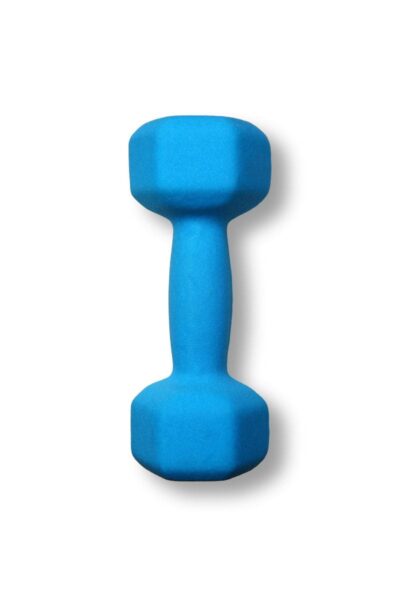
Dumbbells help build muscle strength and are available in various weights to suit various strength levels. Holding dumbbells helps you work on your grip strength whilst performing other exercises for your upper body.
Ankle weights
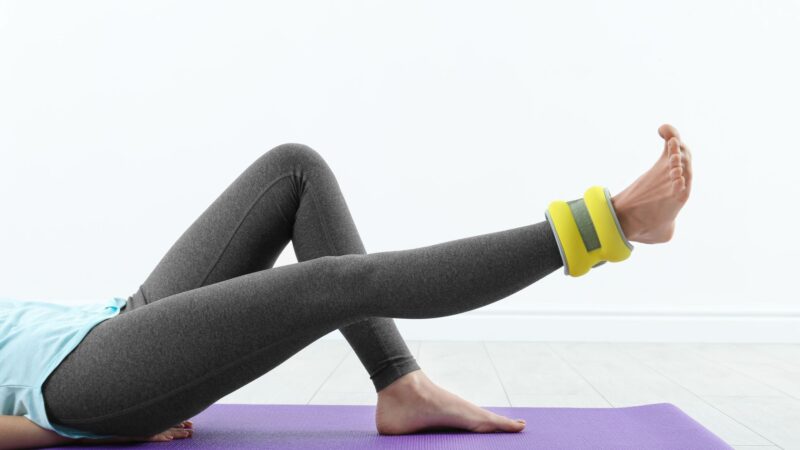
Ankle weights are a great way to challenge lower body exercises and are especially designed to be attached to your body so you don’t have to hold them on. They take up very little space so can easily be used as part of a home exercise routine.
Pilates weighted balls
Weighted balls help with wide grip strength and along with dumbbells can be used in a way that challenges instability which in turn can challenge the core muscles.
Resistance bands
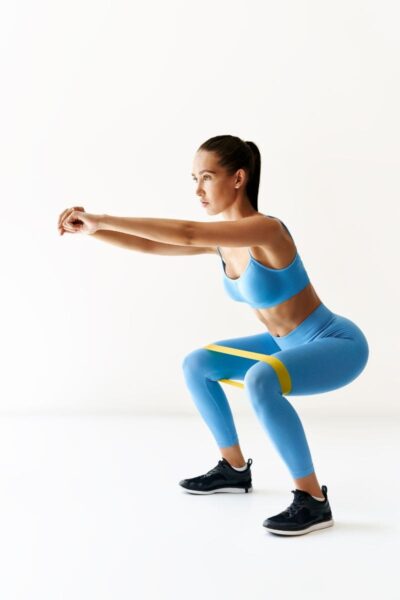
Resistance bands help with smoother, more controlled motion and can provide more feedback. They are also very practical – they are lightweight and don’t take up any space, so you can even put them in your suitcase to go on holiday.
How to use Pilates Weights
Determining the correct weight for your individual needs is pivotal in optimizing your Pilates weights fusion. Whether it’s selecting the appropriate level for resistance bands or choosing the right weight for dumbbell exercises, finding the balance between challenge and technique is key to getting the most from your exercises. Integrating weights into your Pilates repertoire requires strategic knowledge.
For example, when using resistance bands, the farther they are from the center of the body on the limbs, the more challenging the exercise becomes.
When using dumbbells a light weight will challenge endurance, while a heavier one will aid in building strength.
Progressing from simpler movements such as dead bugs and femur arcs using ankle weights or sidelying footwork on the reformer with a band around your thighs, and gradually progressing to more complex exercises, like lunges/side splits on reformer and bicep curls/triceps kickbacks with dumbbells, ensures a safe and effective transition towards greater strength and flexibility.
From incorporating ankle weights to increase muscle load to using Pilates weighted balls for stability challenges, there’s a myriad of creative exercises to explore.
Customizing your Pilates weights journey
Our bodies, fitness levels, needs and goals are unique so it is important to work with an experienced Pilates instructor who can advise where to start with Pilates weights.
Whether your goal is to build muscle tone, enhance endurance, or improve flexibility, the fusion of Pilates with weights offers a customizable approach tailored to your unique fitness aspirations.
By understanding your needs and goals and through progressive training of Pilates with weights, your body will become physically stronger and more energetic which in turn can give you a boost of confidence. You will start to realise there are many things you are capable of, weight training being one of them.
Pilates exercises with weights
Side lying leg circles with ankle weights

This exercise is great for challenging the stabilising muscles on the outside of your pelvis that are important for efficient movement when walking and running. Lie on your side with ankle weights strapped to your ankles. Have the bottom leg bent for more stability or keep it straight for an added challenge.
Press your bottom leg down into the ground until you feel the top leg wants to lift, continue lifting the top leg to hip height. Keeping a sense of length through the top leg, start to trace small circles with your foot.
Perform 6, then reverse the direction.
Repeat 3 sets to challenge strength.
Reformer short box roll back and rotation with weighted balls

This exercise is a challenge for your oblique abdominals. The exercise is already a challenge with the long lever of the arms – adding the balls helps to give additional load to the abdominals and the arms, whilst providing tactile feedback about the position of the body in space.
Start sitting tall on the box with your arms extended in front of you. Start to roll backwards onto the fleshy part of your bottom, simultaneously opening your arm round to one side. Let your gaze and in turn your body follow the weighted ball, to create rotation for the obliques.
Repeat 3 set of 10 – 15 depending on your endurance!
Donkey kick with resistance band
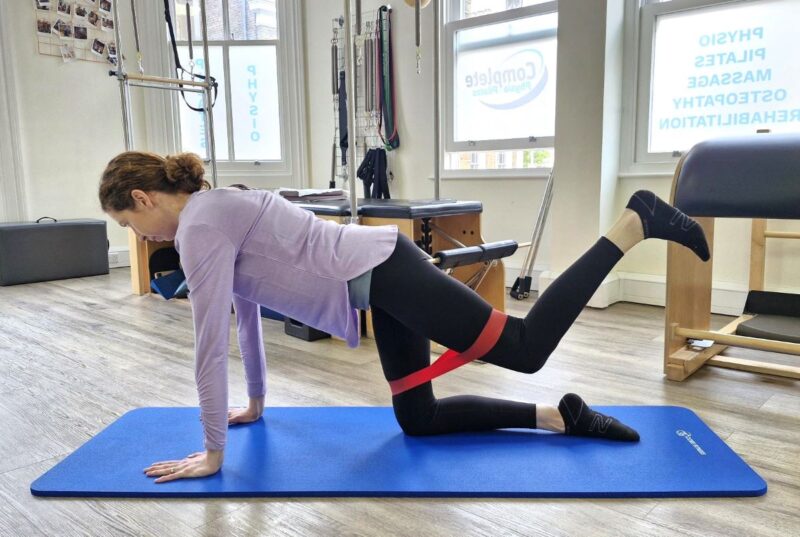
This exercise is great for the whole body but the added resistance challenges the large gluteal muscles of the hip joint, which are important for power in walking, running and weightlifting.
Get onto all fours, with about 60% weight over your knees. Press your hands into the ground, as you do this your chest will slightly lift away. Keep a sense of length through the spine from the crown of your head to the tailbone. You should have 3 gentle curves through your spine.
Think of sinking one knee heavy into the floor to have a sense that you are lifting the opposite leg. Press the leg into the resistance band to challenge your hip extension strength. Your low back should stay in the same gentle curve throughout.
Repeat 10 – 12 times. Repeat 3 sets to improve strength.
Lunge on reformer with biceps curl

This exercise challenges strength in a functional position and is a multi-functional exercise. Your balance and co-ordination is challenged whilst the biceps are being strengthened. Stand next to the Reformer, set to one spring resistance, with your closest foot resting on the shoulder pads.
Press into the shoulder pad to straighten your back leg, whilst bending your front leg. As the front leg bends, bend your elbows to lift your dumbells. As you bring the reformer carriage back in, straighten the front leg and straighten your arms to lower the weights.
Repeat 3 sets of 6 – 8 with a heavier dumbbell, or 10 – 15 reps with a light dumbbell for endurance.
Feeling inspired?
If you want to experience the Complete difference and discover the benefits of one-to-one Pilates, book a session at one of our London studios or online today.
Our physiotherapist-led Pilates studios in Chelsea , our Angel Pilates studio and our Pilates studio in City , offer a highly tailored approach to your Pilates training, whether your goal is to manage a health condition, rehabilitate from an injury or to improve your strength and fitness.
Get in touch with us via email or contact us on 0203 764 5668 for further information.
Resources
Hong and Kim (2018) Effects of Resistance Exercise on Bone Health. Endocrinol Metab (Seoul). 2018 Dec; 33(4): 435–444.
Education is key:
These blogs are designed to give information to everyone, however, it is important to remember that everyone is different! If you have not seen one of our therapists and have any questions about injuries, what you have read or whether this may be useful to you, please just ask. We are more than happy to help anyone and point you in the right direction. Our biggest belief is that education is key. The more you understand about your injury, illness and movement, the more you are likely to improve.


